Welcome to January, the bleakest of months what with the darkness and the bills arriving after that little self indulgence at Christmas. And that was just in the good times. Following the events of 2016 (think Brexit, Trump, US interest rate rise, etc), the economic outlook is the most uncertain since the financial crash of 2007/08 and the forecourt retail industry won’t be immune to whatever happens to the wider economy.
There will be retailers out there looking at their recent trading figures, and then at their bank position, and wondering whether they can get through the next few weeks, before the bank manager calls them in for a chat.
Perhaps it’s because they have a little more time on their hands, but this really is a season when many business owners panic. Accountants are familiar with the phone calls out of the blue, from people who’ve just realised that they’re about to run into the financial brick wall and desperately want advice. With words like ’receivership’ and ’bankruptcy’ getting bandied about, often the conversations become quite emotional. It doesn’t have to be like this. Difficult as it is, a calm and dispassionate look at individual circumstances can sometimes provide an answer. It may be no more than a ’soft landing’, and occasionally even that may be hard to achieve, but there are different ways out of the mess, albeit with some hard choices along the way.
The Recovery Plan.
You may be in the position where although things look pretty bleak at the moment, you can realistically see how or why they could improve within a reasonable time. You’ll also be aware that others (ie your creditors) might take some convincing that, with a bit of patience and co-operation, their money is safe.
A credible business/recovery plan can buy that co-operation and time, as well as steering the business through the tough choices to be made. The key word here is ’credible’. If you believe that there’s going to be an increase in revenue or a way to reduce costs, fine but you’ll have to show others how, why and when this will happen. And remember that they’re likely to be more sceptical and hard nosed about it than you are.
Before planning your way out of the mess, you need to know just how good or bad things really are. That means up-to-date trading information and a recent balance sheet ie recent and accurate management accounts.
Starting with those, you’ll need realistic estimates of future income in other words, sales and margins. Then look at costs: what is controllable, what isn’t.
You may need to make redundancies, and that’ll involve costs before producing any savings and don’t forget to adjust your own drawings/salary to a realistic level your personal needs are going to have to be ’flexible’. With your business/recovery plan and cash-flow forecast, you’ll have a good idea of how much support you’ll need from your bank or other creditors.
But what if the recovery plan just proves that it’ll take years (if ever) before you can get out of the mess? Well, then it’s time to look for a more formal solution.
A Company Voluntary Arrangement (CVA) is the corporate equivalent of a personal Individual Voluntary Arrangement (IVA).
It is a formal, legally binding, arrangement between the struggling business and its creditors to structure repayment terms so that the creditors can be reasonably confident of getting at least some of their money back over time, and that the business continues to trade.
Basically your creditors are given a choice: accept that they’ll only receive part of what is owed, or take their chances of collecting something if the business stops altogether. Usually the latter option is less palatable and the outcome for creditors far less predictable.
A CVA often results in a considerable proportion of the debts being written off, and interest payments frozen. It can also allow the business to terminate lease agreements and employment contracts. Usually the CVA is structured over a five-year period, and provided that the terms have been adhered to, the business emerges reasonably intact at the end. However, this process is not without consequences: it has to be administered by a licensed insolvency practitioner, who will charge for the service over the period of the CVA. It also leaves a public record on your business’ credit history.
What if the creditors don’t buy into this? In that case things get more formal still.
Administration.
Administration is the modern equivalent of what used to be called ’receivership’. An administrator (again, this has to be a licensed insolvency practitioner) can be appointed by the owners of the business, but more commonly by a major creditor typically the bank who may have secured some of their lending on the business’ assets. The Administrator will effectively run the company while assessing its future prospects of recovery. The outcome could be a CVA or, if the situation is beyond rescue, either a sale of the business (assuming that a buyer can be found) or liquidation. Liquidation is where the business stops and is wound up, with any remaining assets being sold bit by bit to give some of the creditors some of the money that they’re owed the end process that many people still associate with, and mean by, the word ’bankruptcy’. However, businesses can and do survive administration: apart from protecting the business from legal action by other, less patient creditors, sometimes the simple discipline of having an experienced external manager involved can help to eliminate wastage and other bad habits that the owners had.
Two things to remember. Firstly you need a sound knowledge of your business’ financial position; secondly, when that financial position starts to ring alarm bells, you need to be proactive: seek professional advice and be ready for hard choices.





















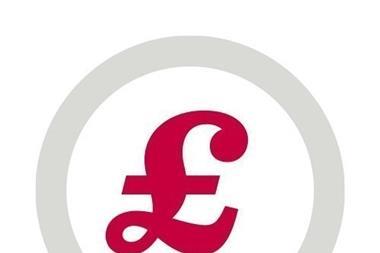
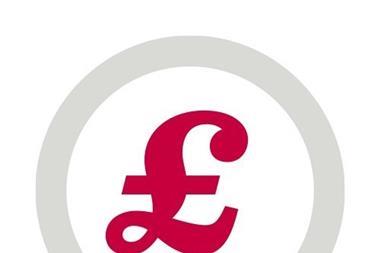
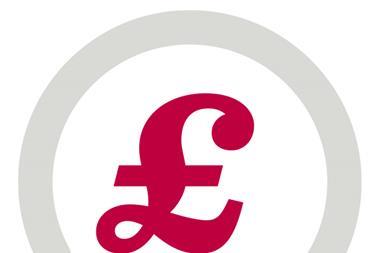
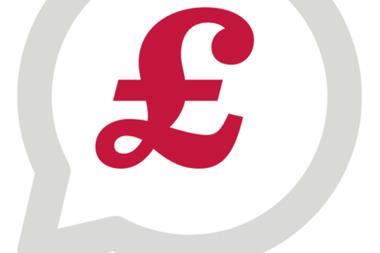
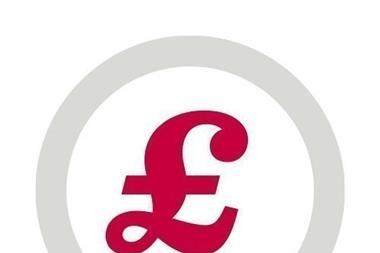

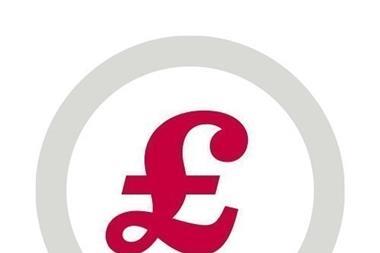
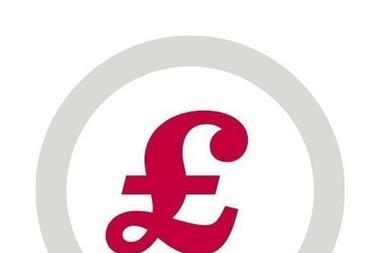
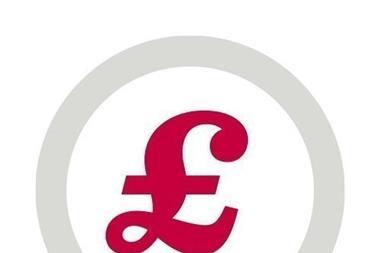
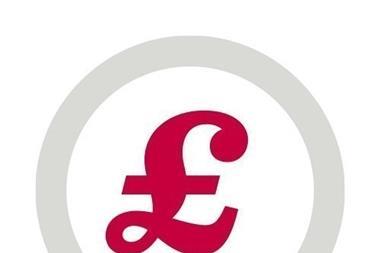
No comments yet